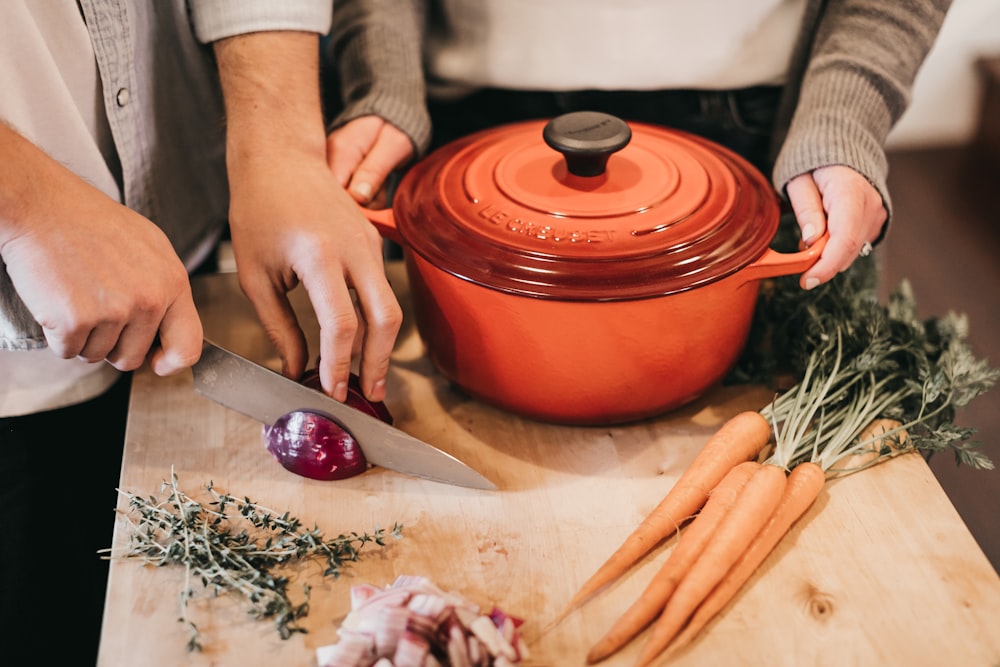Sustainable Cooking Basics: Food Safety, Knife Skills, and Cooking Methods
CHAPTER 3

LEARNING OBJECTIVES
After completion of the lab, students should be able to:
- Understand food safety practices.
- Identify tools and equipment used for cooking.
- Demonstrate basic knife skills and cooking methods.
- Understand the consequences of food waste and demonstrate ways to minimize food waste to include composting.
BACKGROUND INFORMATION
FOODBORNE ILLNESSES
According to the Center for Disease Control and Prevention1, one in six Americans become sick with a foodborne illness each year, which results in 128,000 hospitalizations and 3000 deaths. The common symptoms can begin within hours or days and include stomach upset, cramps, nausea, diarrhea, vomiting, and fever. The higher risk populations include the very young, elderly, and the immune-compromised.
There are significant costs to both businesses and victims:
- $15.6 billion per year to the U.S. in medical costs, lost business/income, lawsuits
- Social costs: pain and death
Contamination of Foods Can Occur in Three Ways:
- Chemical: cleaners, sanitizers
- Physical: foreign object
- Biological Pathogens
Biological Pathogens Include:
- Viruses: need a living host, NOT destroyed through normal cooking, so personal hygiene is essential
- Bacteria: can be anywhere; colorless, odorless, so cooking foods for the proper length of time and at the correct temperature is essential
- Parasites: need a host, so it is essential to not only use approved suppliers but also to cook foods for the proper length of time and at the correct temperature
- Fungi: yeast, molds, mushrooms, so it is essential to use only reputable suppliers
- Biological Toxins: seafood, plants, mushrooms
Practices that Prevent Foodborne Illnesses

Four Steps to Help Prevent Foodborne Illness
- Clean
- Separate
- Cook
- Chill

